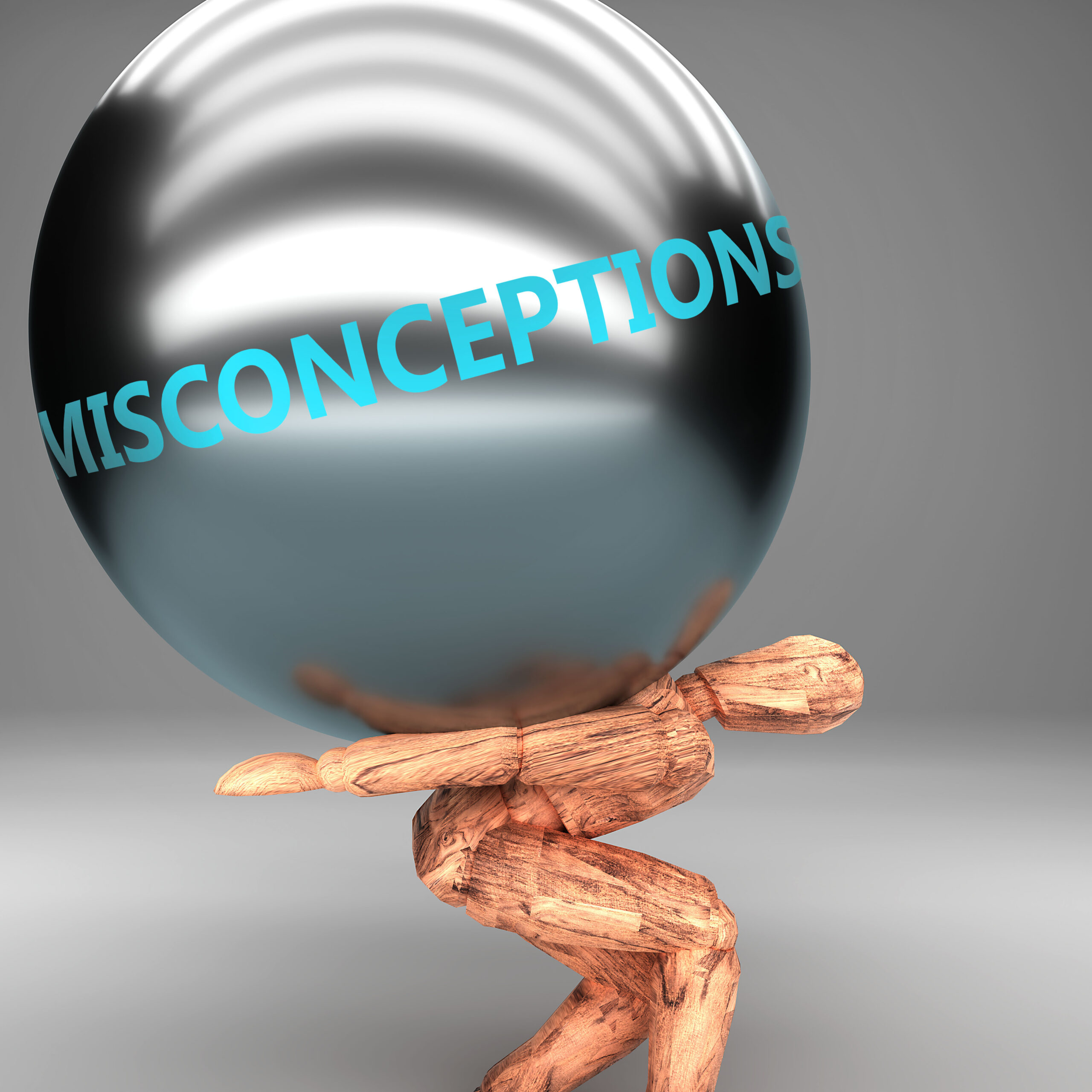Whenever I interview a trainer for a job, I always ask them about a misconception they had before they learned the truth.
I want to see if they are modest enough to admit that they are wrong from time to time. I also want to see if they know how to learn from their mistakes. I can’t believe how many people are not willing to answer the question! So many industry professionals try to show the world that they know everything about fitness without admitting any flaws.
However, a confident trainer knows that we not only make mistakes and have false beliefs, but we can also use them to our advantage.
Just like your personal training clients, your audience will have their wild ideas about exercise. They believe in spot reduction, and perform crunches with the hopes of eliminating belly fat. They think that the preacher curl has a different effect on biceps than a standing curl does, even though they both use the same basic joint action. They take pills that claim to “burn calories” and speed up “metabolism” without knowing what those words actually mean.
We know our responsibility to correct wrong thinking, but there’s a good and bad way to do it.
Use it to your advantage
As a speaker, your audience’s misconceptions create learning opportunities. If you were teaching astrophysics or organic chemistry, you wouldn’t have to deal with misconceptions, but you wouldn’t have the luxury of background knowledge either. You never start from scratch in the fitness industry. Your clients have years of information, legitimate or not, that guide their decisions.
Rule number one when addressing misconceptions is that even when they’re wrong, they’re a little bit right.
Spot reduction is a myth, but you can spot-build a muscle. Preacher curls and standing curls are the same exercise, but it’s normal to prefer one over the other. With a client, you can build a personal relationship of trust and teach them in stages. With an audience that you see one time, you have to give them an immediate lesson with a grain of salt and a teaspoon of sugar.
We’re not perfect either
What about you? Have you ever learned from a misconception you had in the past?
As a trainer, I used to believe that the typical client was the extreme before and after case that you see on TV. Those transformations do happen from time to time, but most of our success is on the margins. I trained clients for years, believing that golf didn’t have much of an effect on the body. Was I wrong? Yes, but only a little bit. Compared to wrestlers and roofers, golf isn’t all that rough an activity. However, after working with several golfers I saw firsthand that even though the club is light and the ball is little, a rapid 180 degree spinal twist with a back arch can put anyone in a traction device. I love telling audiences about my golf revelation. It brings me down to their level without giving up my credibility as a trainer and as a speaker. I can admit that I was wrong, but I was still a little bit right.
But … look at these biceps!
Let’s face it, there are a lot of egos in the fitness industry. The professional speaking business is even worse. The audience will like you a lot more when you come down off of your pedestal. Your own greatness is a lot easier to promote than the benefit of your services, and I must admit it feels pretty good to hype my own credentials from time to time. While so many people try to stand out by flaunting perfection, you can beat them all by showing how human you are and admitting that you have learned a few lessons the hard way. When you admit that you have been wrong from time to time. you open the dialog to let your clients and your audience share their misconceptions. You now have a launch pad to start a lesson.
Plan your responses
With this idea in mind, the next time someone asks, “How do I lose my arm fat?” you now have a more constructive response. Instead of saying, “You can’t do that!” you can reply with, “The biggest myth going in exercise is the idea of spot reduction. As you build strength, you’ll see changes all over your body, not just on the back of your arms.” Pretty smooth, right?
As you prepare various stories, anecdotes, and lessons to bring on stage, include a list of misconceptions about fitness that you have had over the years. Each one represents a lesson learned, and a measurable experience far more reliable than the number of years you have in the industry.
For the comment section:
What misconceptions have you had about fitness that you have since corrected? How did you discover the truth?


0 comments